KYIV. Dec 28 (Interfax-Ukraine) – The reform of excise taxation of tobacco products and fuel provides for bringing it into compliance with EU legislation and gradually achieving minimum excise taxes for the EU during 2024-2029, according to the published National Revenue Strategy for 2024-2030.
According to the document approved by the government on Wednesday, throughout 2028 it is also planned to introduce minimum excise tax rates established in the EU for alcoholic beverages, with an assessment of the feasibility of further increasing rates, taking into account the level of income in Ukraine.
In addition, a year earlier, in 2027, it is planned to introduce an excise tax on sugar-sweetened drinks, taking into account global practice, and also in 2024-2028 to study global experience in working with tobacco vending machines as a tool for combating the shadow market.
It is noted that the main goal of the excise tax reform is to bring it into compliance with EU legislation, since the current excise tax rates in Ukraine are significantly lower than similar rates in the EU. This should bring additional revenues of 1.5-2.2% of GDP.
It is indicated that for tobacco products, the approach of rates to the minimum EU rates by legislation adopted in 2017 was envisaged until 2025, but the planned increase in rates has since been diluted by inflation due to the use of the hryvnia rather than the euro as a base. Therefore, as part of the approach to European tobacco excise taxes in Ukraine, they will be tied to the euro.
The document emphasizes that a comprehensive review of the structure of separate excise taxes is necessary to protect revenues, enhance their corrective nature and simplify their post-war application.
It is planned to introduce control using electronic tracking of the turnover of alcoholic beverages, tobacco products and liquids used in electronic cigarettes.
The National Revenue Strategy also sets the task of bringing VAT into line with European legislation, including by implementing into Ukrainian tax legislation certain provisions of Council Directive 2006/112/EC of November 28, 2006 on the common system of value added tax.
It is emphasized that the list of existing tax benefits and cases of application of a reduced VAT rate need to be revised in order to abolish those that are not mandatory in the EU. It is also necessary to harmonize the existing VAT administration systems in Ukraine with the requirements of the relevant regulations governing VAT administration procedures and the functioning of systems in EU member countries.
The strategy clarifies that benefits introduced during martial law in Ukraine can be reviewed only after martial law in Ukraine is lifted. However, the abolition of temporary benefits does not guarantee revenue to the budget, and after the revision of the system of benefits, some transactions exempt from VAT may be taxed at reduced rates. According to preliminary estimates, if a reduced VAT rate of 7% is introduced on transactions that are currently exempt from VAT, the estimated amount of budget revenues could increase by UAH 335.1 million (per year).
The implementation of the changes is planned in stages from 2025 to 2027 and will be consistent with the schedule for fulfilling EU accession obligations, the planned revenue growth is estimated at 0.3-0.6% of GDP.
As reported, the Cabinet of Ministers approved the National Revenue Strategy for 2024-2030 at a meeting on Wednesday. Its adoption is the last structural beacon of the cooperation program with the IMF, which Ukraine has committed to implement by the end of the year.
